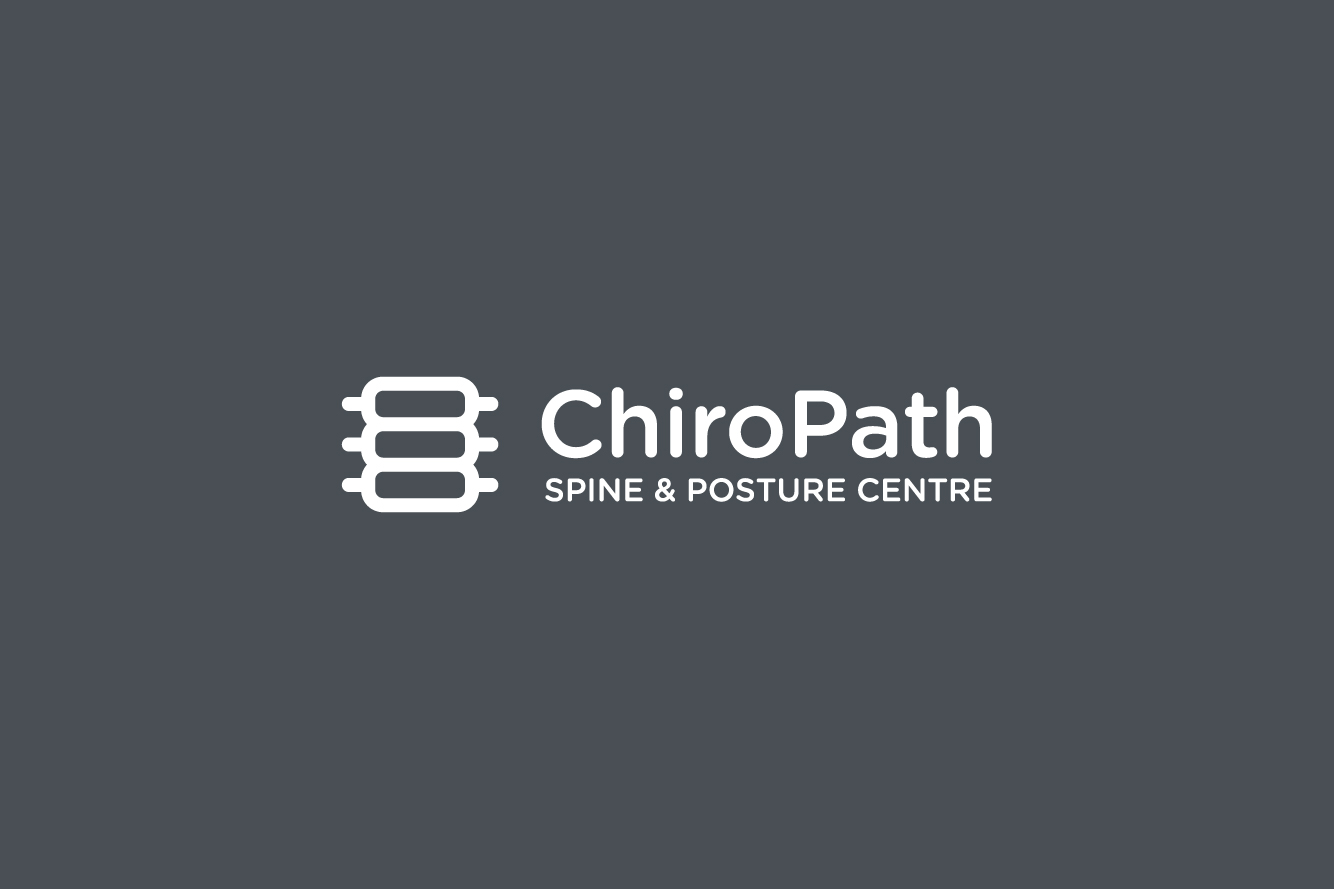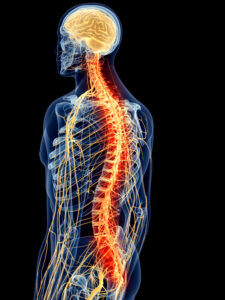In the previous blog, we discussed that in chiropractic, there is more than 1 type of technique. This is due to the fact that patients respond differently to techniques. You might be wondering what does the chiropractic care look like in our office Because we are scientific, specific with the type of care we provide, every recommendation is based on the results of your postural, orthopaedic, neurological exams as well as the analysis of your x-rays.
Before we formulate any type of treatment plan, we follow 6 main steps to find out exactly what is going on with your spine and nervous system.
Posture
We use our state-of-the-art technology to analysis your posture to the exact inches.
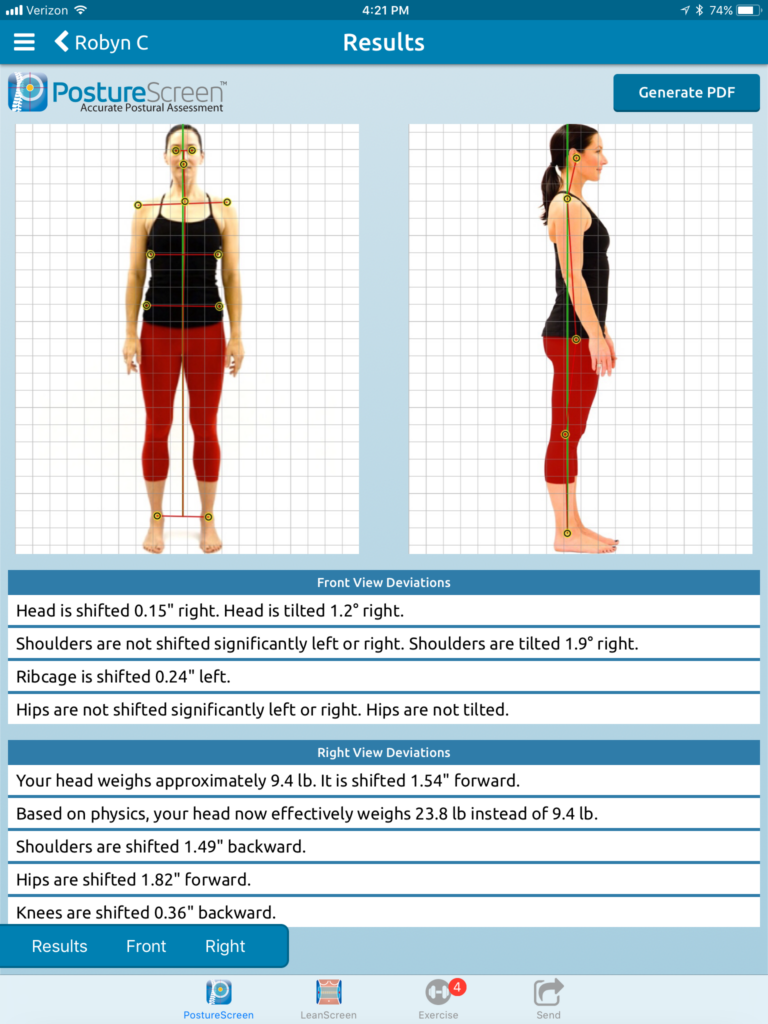
Visualization
We check to see if there any swelling or redness in your spine that might be signs of inflammation
Static Palpation
We feel your spine for any tenderness or edema.

Motion Palpation
We check the global range of motion of your spine and the motion of each segments of the spine.
Instrumentation
We use special chiropractic equipments to detect nerve irritation

X-ray Analysis
We take full spine x-rays to visualize your spine from the inside. We use specific methods to analyze your spinal bones, both individually and globally.
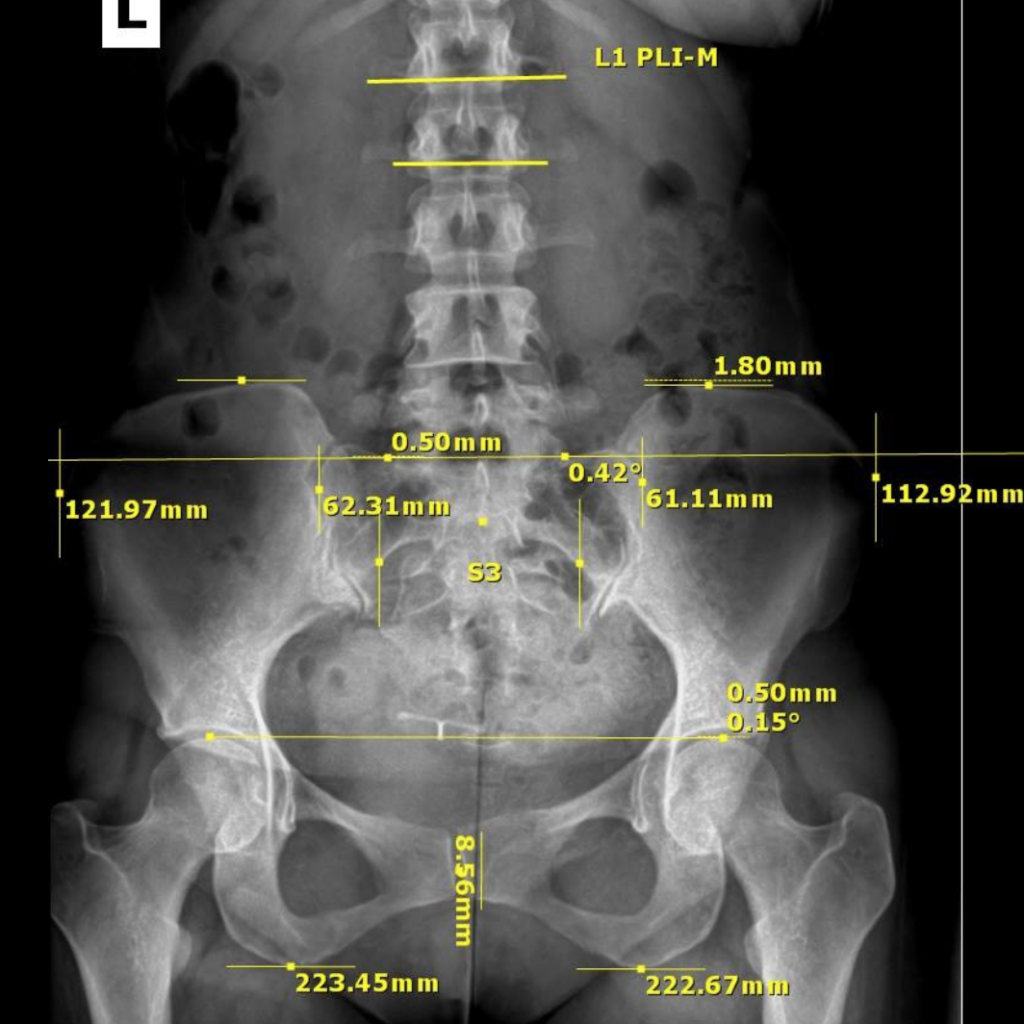
Every one is different, but in general, in our office, we follow the E.A.T. protocol, this is based on research from the CBP ®.
The E stands for exercise. This is not the type of exercise you are thinking of, which is done at the gym. We assign you specific mirror image exercises® based on your posture, the goal is to retrain your brain to forget about the old posture and remember your new posture.
The A stands for the chiropractic adjustment, specifically, the Gonstead adjustment. We perform specific Gonstead adjustments to your spine and/or arms and legs that is based off of misalignments of your spine and other joints.
The T stands for the spinal traction. This puts your spine into the curvature that is suppose to be in, creating a long-term memory for the muscles and ligaments to remember this new curve.
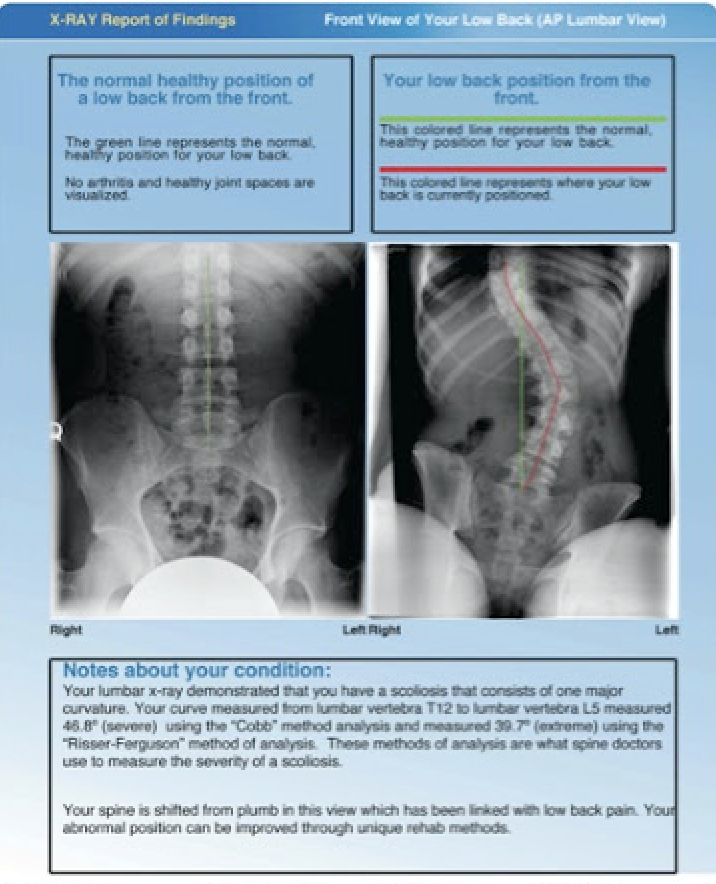
Overall, the E.A.T. traction not only looks at each and every one of the vertebral bones but it also looks at the spine globally.
If you have any further questions regarding our approach, please do not hesitate to contact us at [email protected]

